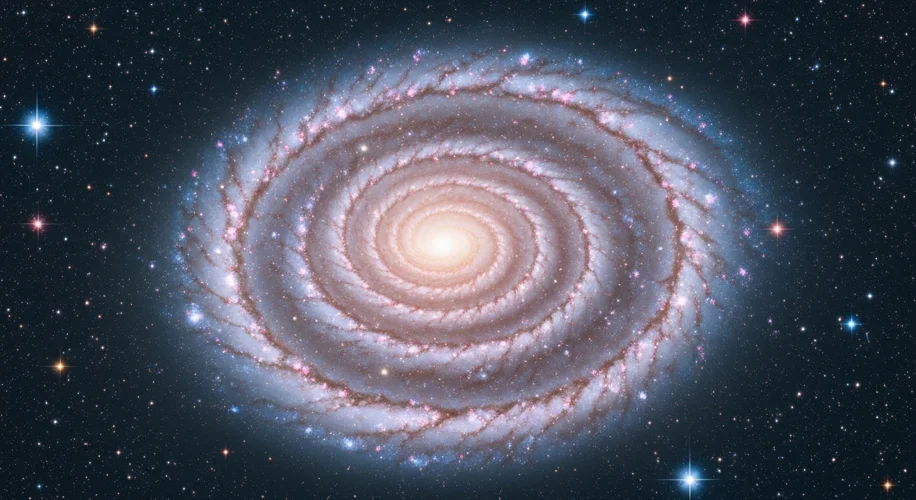It’s easy to get caught up in our daily lives, but sometimes, looking up at the night sky can offer a profound sense of perspective. Today, I want to share something truly awe-inspiring: an image of the Southern Pinwheel Galaxy, also known as Messier 83.
Even though it looks like a delicate swirl of stardust in photographs, Messier 83 is an immense spiral galaxy, roughly 15 million light-years from Earth. To put that into perspective, light – the fastest thing in the universe – takes 15 million years to travel from that galaxy to us. That means the light we see today left Messier 83 when early humans were just beginning to understand fire.
From my background in atmospheric science, I’m used to thinking about vast systems and how different components interact. Space, of course, is the ultimate complex system. Capturing images like this isn’t just about pointing a telescope and clicking. It involves incredible scientific dedication, advanced technology, and a deep understanding of how light travels and interacts with instruments.
Astrophotographers use specialized equipment and techniques to gather faint light over long periods. This allows them to reveal details that are invisible to the naked eye. For galaxies like Messier 83, which are so far away, every photon of light carries precious information about its stars, gas, and overall structure.
The Southern Pinwheel Galaxy is famous for its bright, star-filled nucleus and its beautiful, sweeping spiral arms. It’s a stellar nursery, teeming with young, hot stars that give it a bluish hue, alongside older, redder stars. You can also see dark lanes of dust, which are the raw materials for future star formation.
Studying galaxies like Messier 83 helps us understand fundamental processes in the universe, like how stars are born and die, and how galaxies evolve over billions of years. It’s a reminder of the sheer scale of the cosmos and the incredible scientific endeavors that allow us to peer so deeply into it.
Looking at such an image, I can’t help but feel a connection to the universe and a sense of wonder about our place within it. It’s a beautiful example of how science and technology work together to reveal the hidden marvels of our reality.

